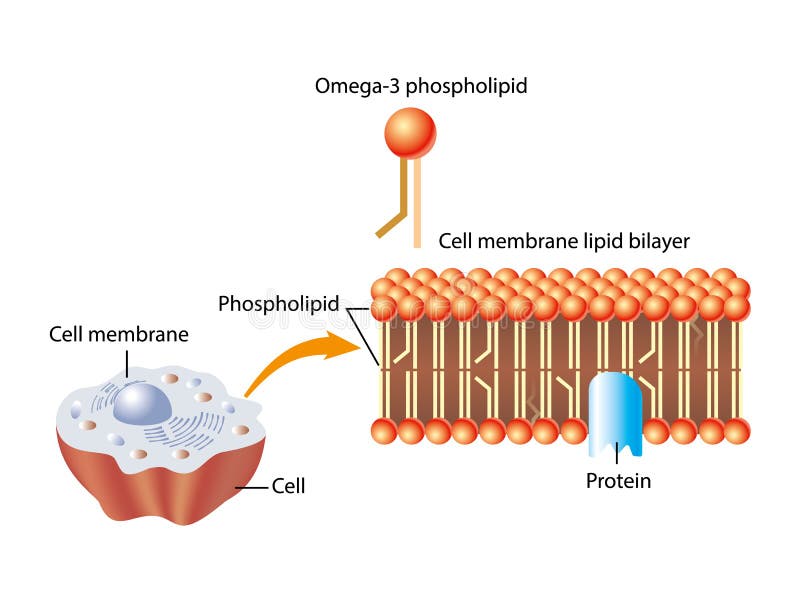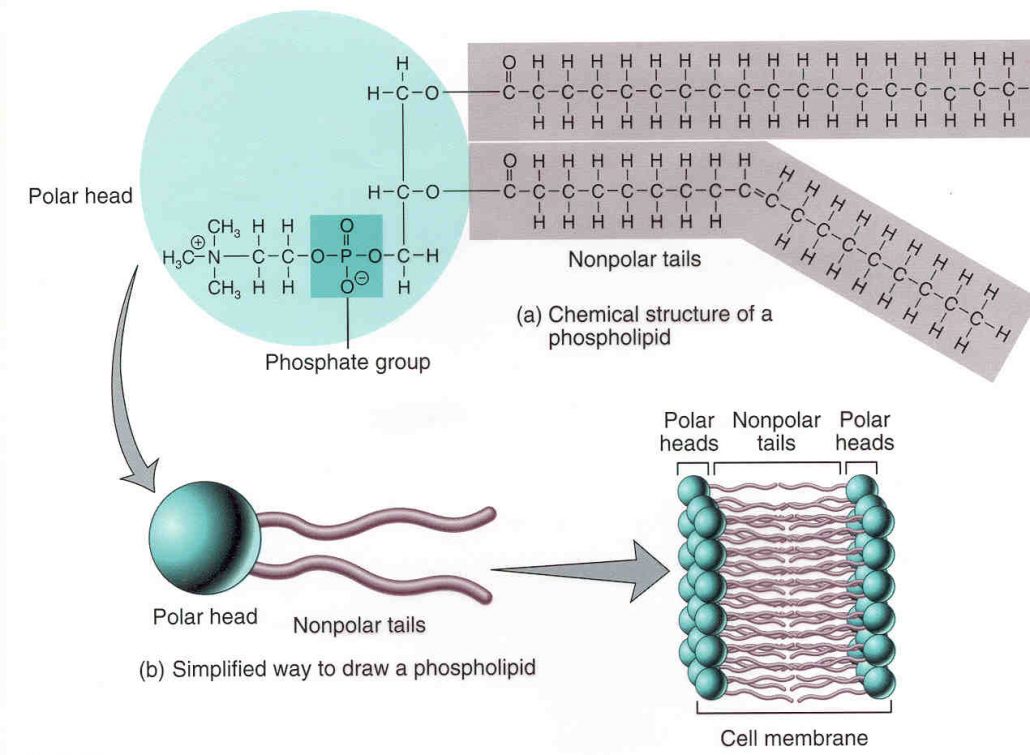

Gram-positive bacteria such as the firmicutes are characterized by having a cytoplasmatic membrane and a thick murein cell wall comprising many layers, whereas Gram-negative bacteria such as proteobacteria are characterized by the presence of two distinct membranes, called inner and outer membrane (Raetz and Whitfield 2002 Reichmann and Gründling 2011) and a thin murein cell wall between them. membrane-forming lipids present in bacterial membranes, leaving membrane lipids from other microorganisms aside.Ĭlassically, the technique of Gram staining allowed the classification of bacteria as either Gram-positive or Gram-negative bacteria, a differentiation based on their cell wall properties. Here, we focus on polar/amphiphilic lipids, i.e. Lipids come in a diversity of structures and functions. Readers looking for this information are referred to the book Microbial Lipids by Ratledge and Wilkinson ( 1988). However, the present review is not meant to be a complete catalog of all different unique structures that have been reported in the literature. Also, we want to summarize the known synthesis pathways for the major membrane-forming lipids and discuss how widely these pathways are distributed. We want to give an overview about the inventory of membrane lipids present in bacteria belonging to the different phyla studied. This review tries to open up the world of microbial membrane lipids to the reader. Ornithine lipid, phosphatidylcholine, cardiolipin, phosphatidylinositol, phospholipid, hopanoids, phosphatidylethanolamine INTRODUCTION In this review, we give an overview about the membrane lipid structures known in bacteria, the different metabolic pathways involved in their formation, and the distribution of membrane lipids and metabolic pathways across taxonomical groups. Bacterial membranes present a large diversity of amphiphilic lipids, including the common phospholipids phosphatidylglycerol, phosphatidylethanolamine and cardiolipin, the less frequent phospholipids phosphatidylcholine, and phosphatidylinositol and a variety of other membrane lipids, such as for example ornithine lipids, glycolipids, sphingolipids or hopanoids among others. Different bacterial species display different membrane compositions and even the membrane composition of cells belonging to a single species is not constant, but depends on the environmental conditions to which the cells are exposed.


The results obtained served as a blueprint for membrane lipid biochemistry, but it is clear now that there is no such thing as a typical bacterial membrane lipid composition. For many decades, Escherichia coli was the main model organism for the study of bacterial membrane lipids.


 0 kommentar(er)
0 kommentar(er)
